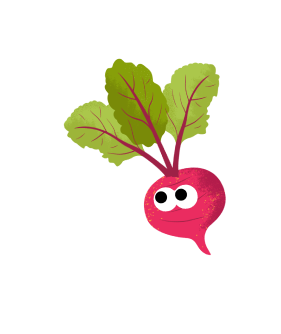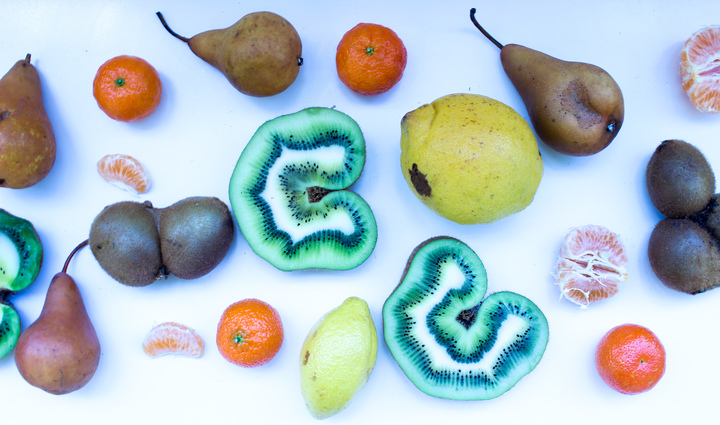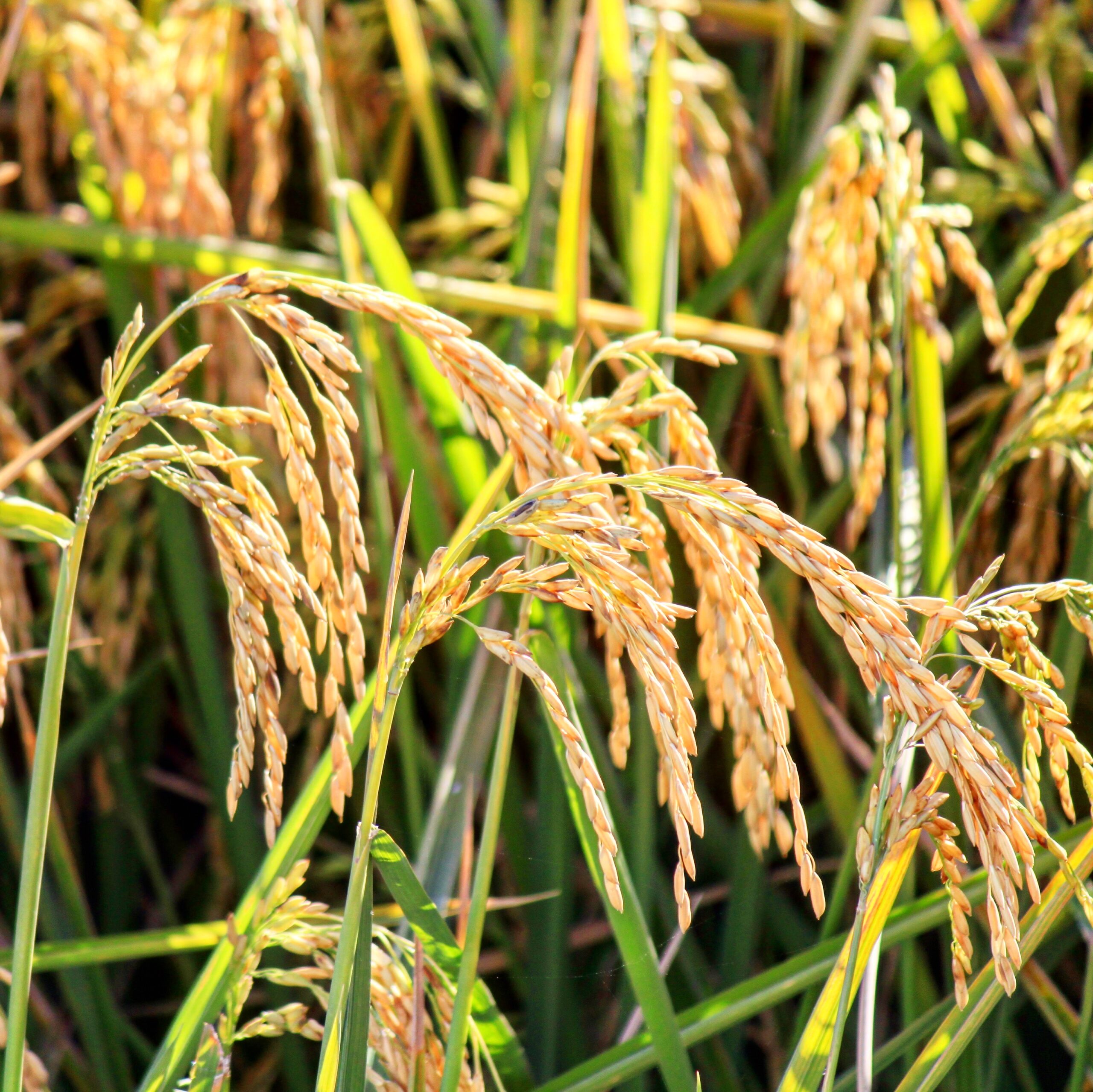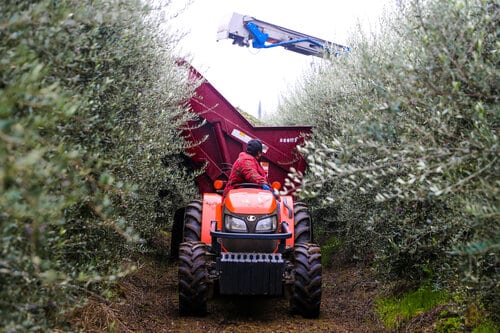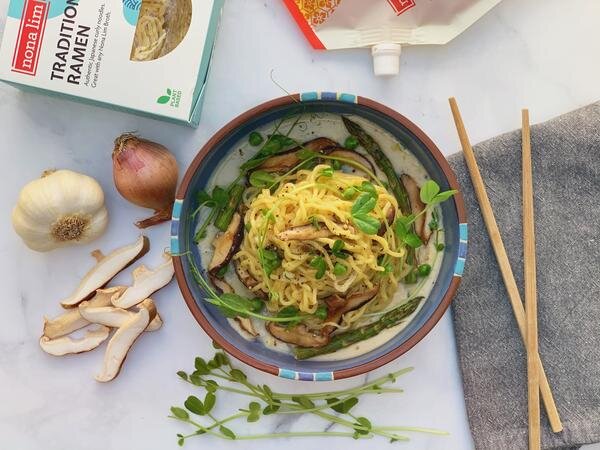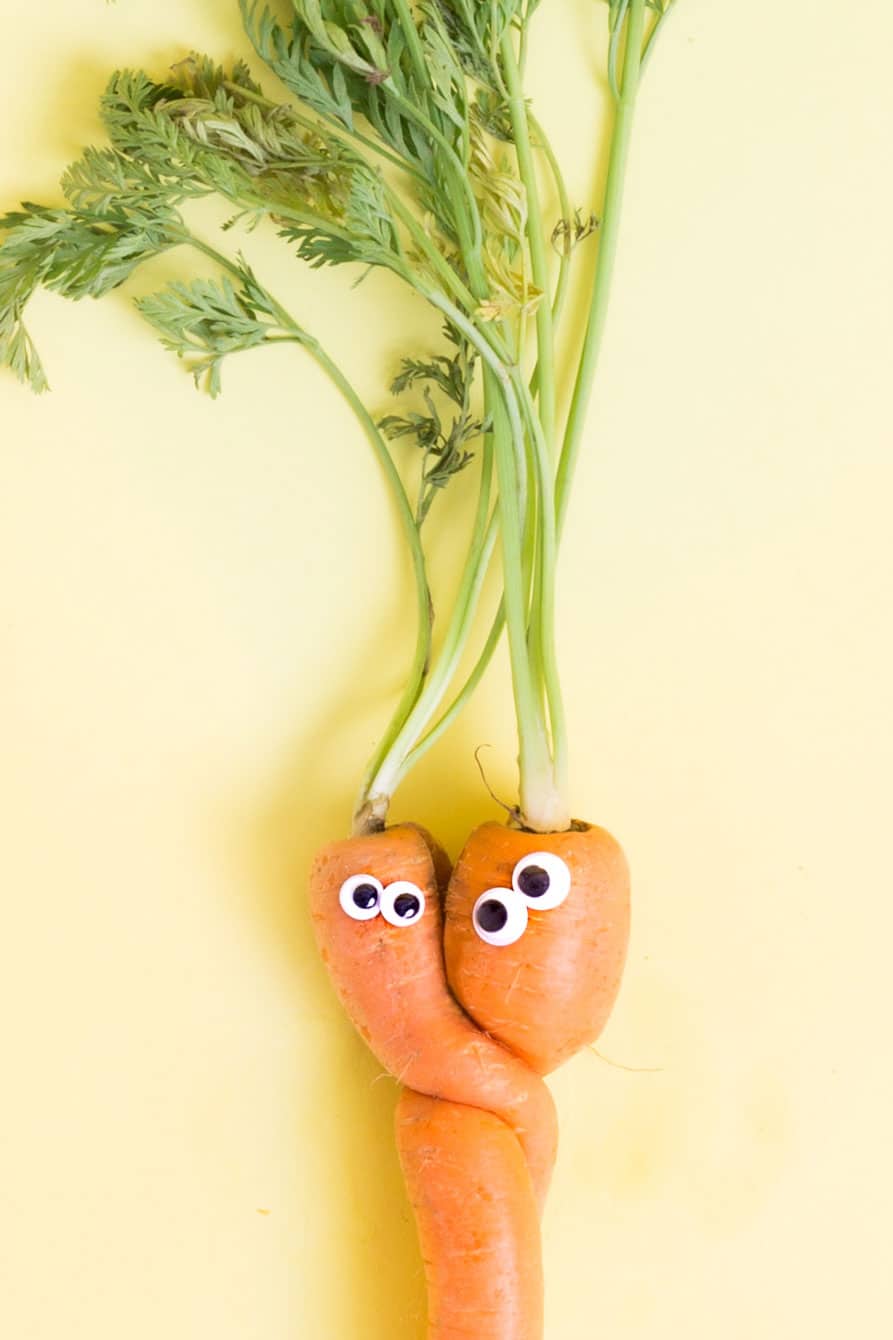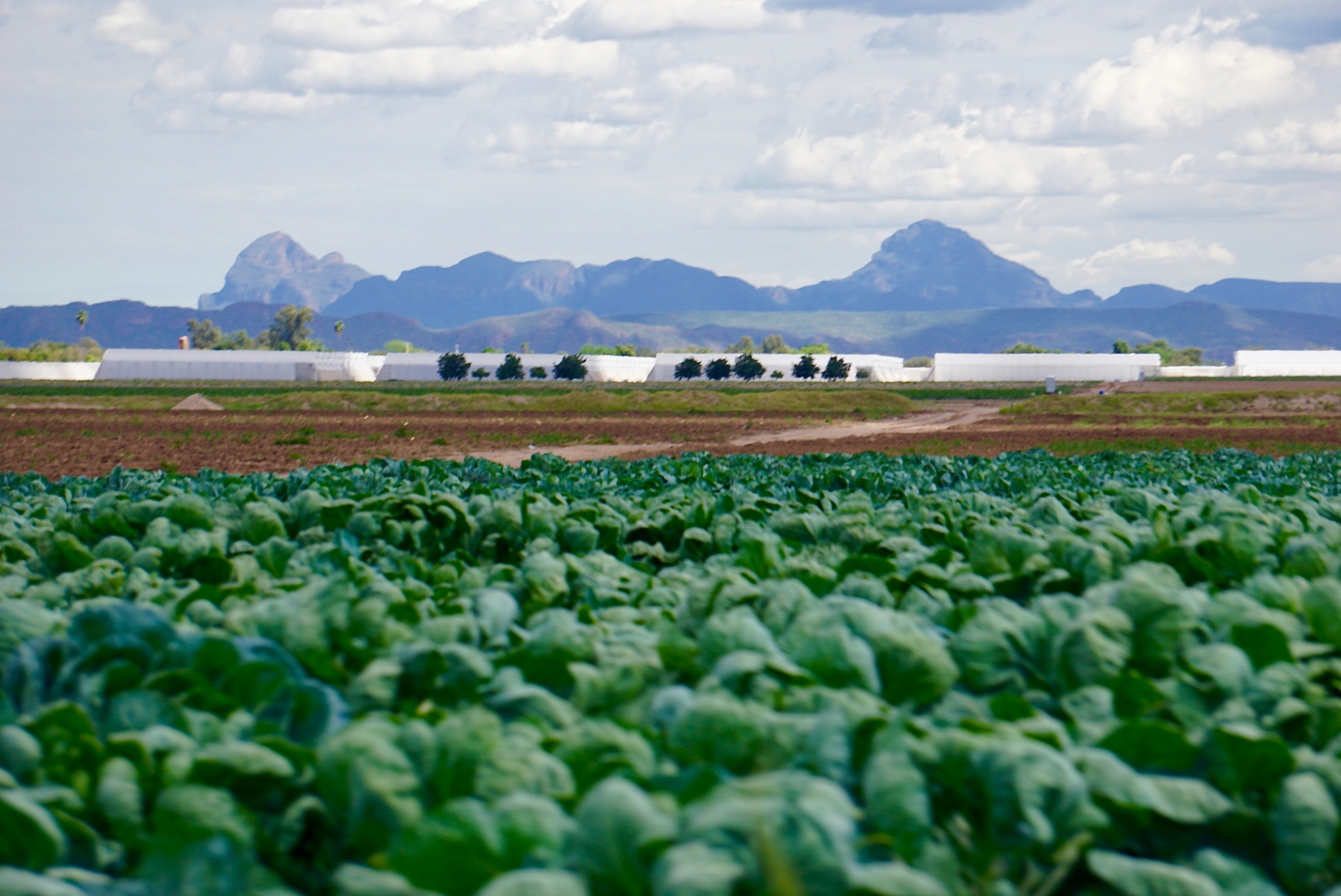You know the moment we’re talking about. You open up your Imperfect box, gingerly cradle a crown of broccoli in your hands, hold it up to the light, and ask: “THIS is ugly?” It’s not just you. We hear from customers every day that while they love the value and customizability of their box, they often don’t understand how any of their produce could possibly count as “ugly.” So instead of changing our name to “perfectly delicious produce,” this week we are exploring the more surprising reasons why your produce ended up in our “ugly” box instead of at the supermarket.
- It was too small: This is one of the most common and saddest reasons that a piece of produce won’t make the cut. While you’ve probably seen some of the more adorably small produce on our Instagram, the majority of the small produce we receive is too small by a matter of centimeters. While supermarket beauty standards demand that all produce be large and uniformly shaped, we are proud to stick up for the small and forgotten underdogs! In our experience, small fruit is great for snacks, and small veggies are ideal cooking for 1 or 2 people.
- It was too big: Sizes cuts the other way too. If a farm experiences a heavy rainfall or has to delay their harvest by even a few days, it can mean the difference between acceptably sized produce and items that will be dismissed by retailers as too big. For example, our purple top turnips and rainbow carrots are jumbo sized right now, which means that you may end up with a comically large one in your box. Rest assured that your salad and Snapchat game will both benefit from these outrageously large veggies.
- There was too much of it being grown: One of the harshest ironies of our food system is that sometimes food gets wasted because it is overabundant. Farmers of high demand, trendy vegetables like leafy greens will routinely over plant their fields by 10-15% as a way of hedging their bets against losing crops to bad weather, pests, and other setbacks. If there is an unexpectedly good season this means that the market may get flooded with way more produce than there is demand for. Our supply team always keeps their ear to the ground for instances like this so we can make sure nothing goes to waste and pass the savings on to you!
- The buyer changed their mind: The produce market can be a hash and indifferent place sometimes, resulting in the produce equivalent of missed connections. This past Fall, we heard about a particularly absurd version of this. A shipment of Meyer lemons had just arrived all the way from New Zealand, but during the journey the California citrus season started unexpectedly early because of the weather. Since there was suddenly domestic citrus available, the buyer backed out of the deal and the wholesaler was left with a container full of perfectly good Meyer lemons that had travelled thousands of miles only to get stuck on the dock. Thankfully, the produce company called us and we were able to rescue these stranded Meyers and deliver them to our customers.
- It wouldn’t display as well: Even seemingly invisible imperfections can be reason enough for people to reject a product because grocery stores are worried it will won’t sell if placed next to a “prettier” item. For example, our organic kale has leaves that are a bit shorter and thinner than normal, meaning that it won’t form bunches that are as enticingly big as the ones you see on shelves. This scrawny kale is perfectly healthy and delicious, but would normally be left to rot in the fields because it doesn’t look as impressive as other leaves. Similarly, our limes aren’t quite as bright green as their supermarket cousins because they grew in the shade of their trees leaves. These yellow “shade scars” have no impact on the flavor or nutritional content of the limes, but would normally mean game over for the limes were it not for Imperfect.
Just like produce, food waste comes in a lot of different shapes and sizes. Some are iconic and recognizable, while some are subtle, invisible, and downright absurd. The reality is that waste is waste no matter what it looks so we want to do our part to help reduce as much waste as we can. We’ve kept over 2.5 million pounds of food from going to waste since we started. Will you help us save even more this year?
